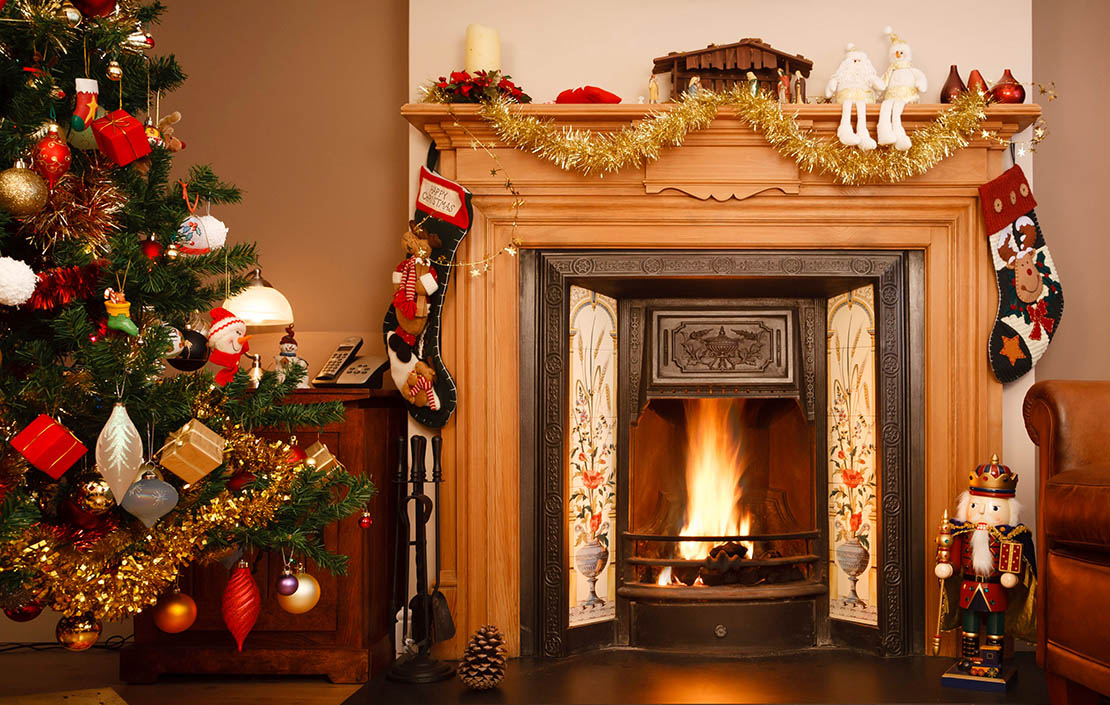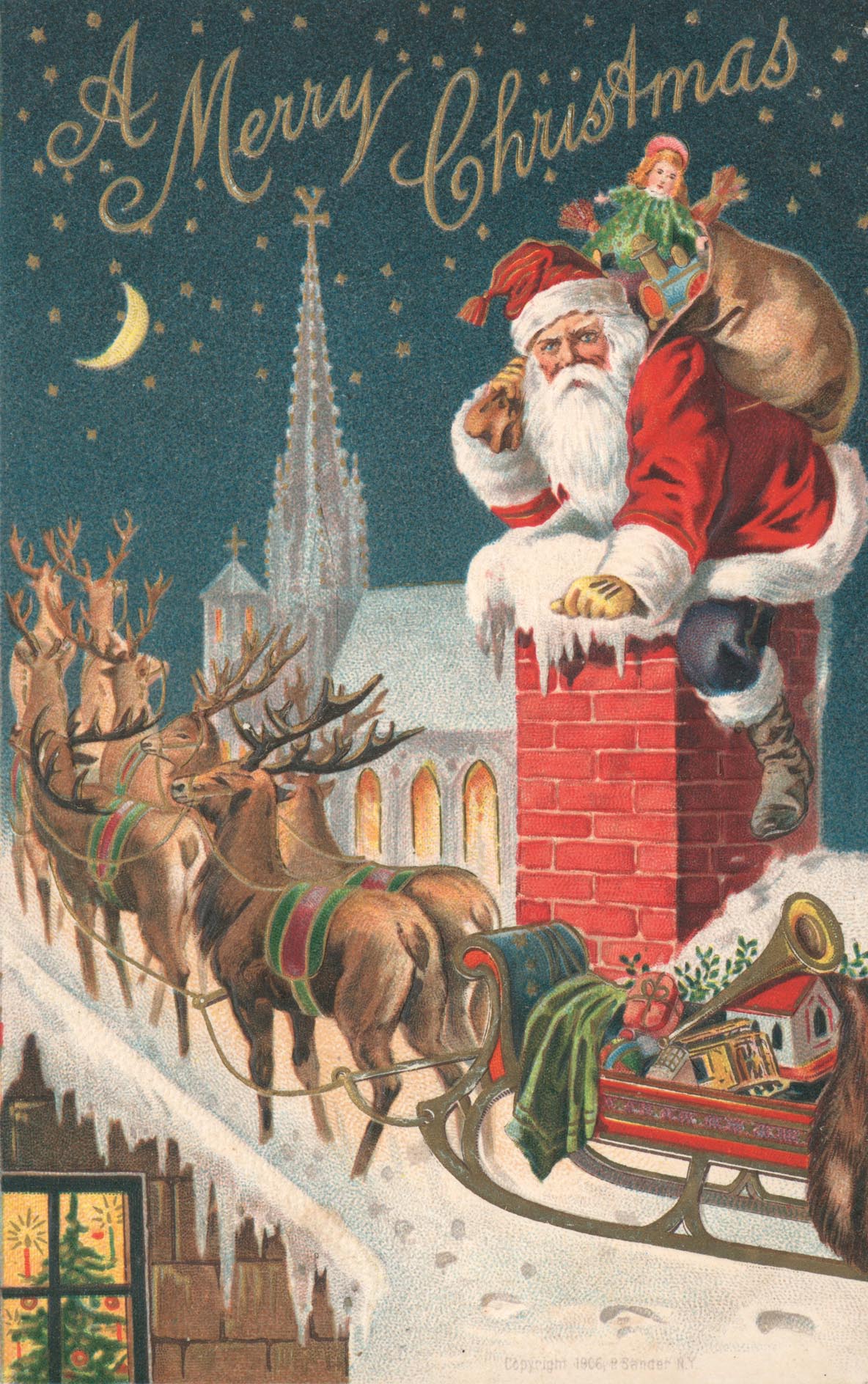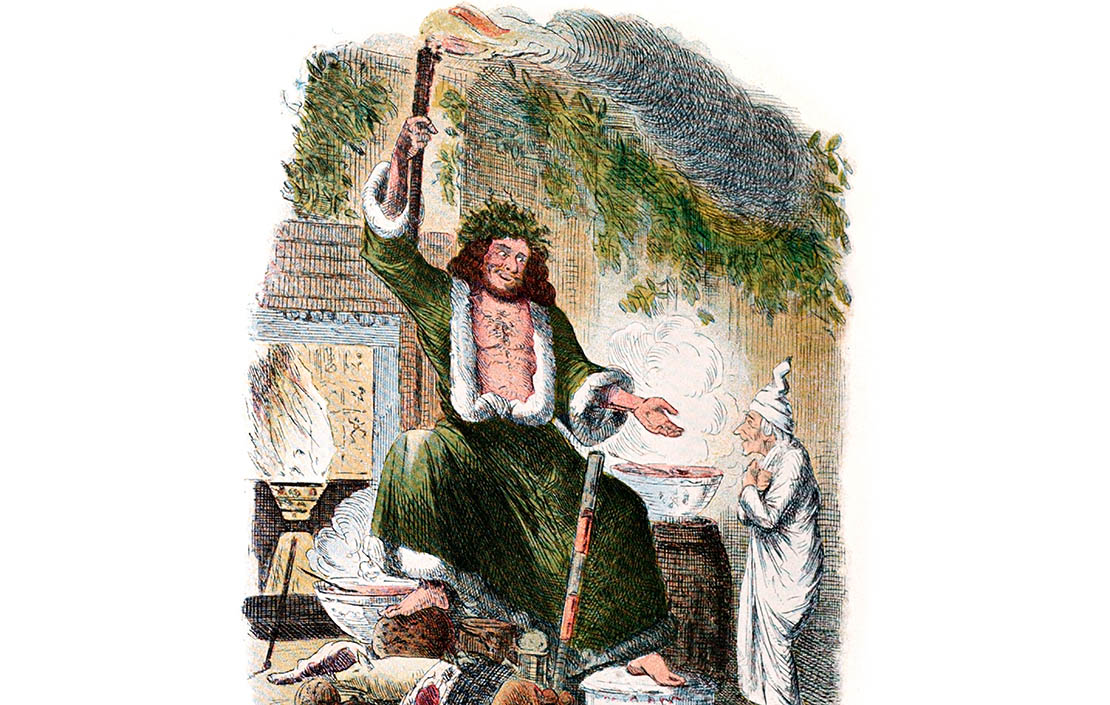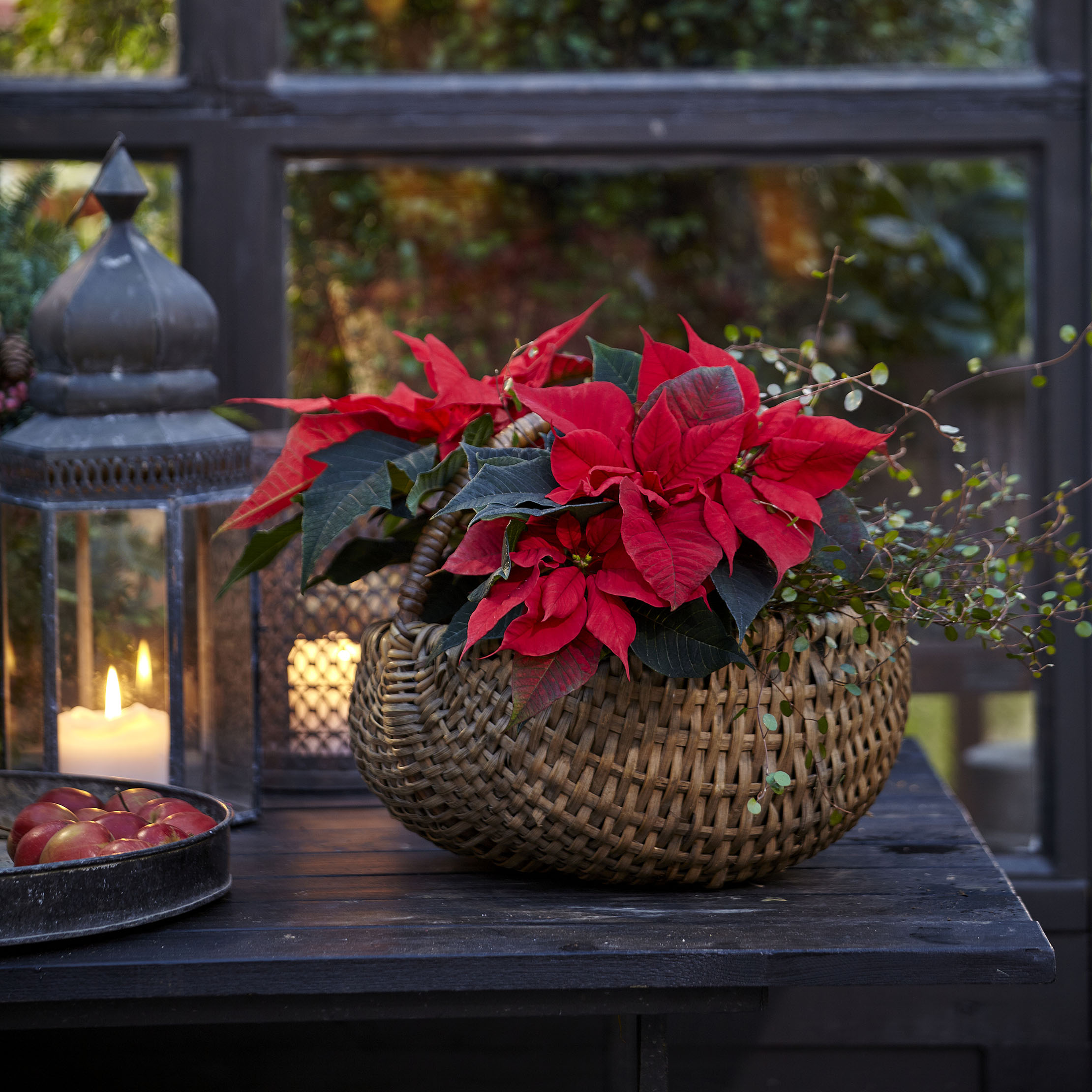Curious Questions: Why do we take Christmas decorations down on January 6th? (And why it should really be the 5th)
Our houses never look better than they do throughout the festive period, so why do we take down Christmas decorations on January 6? After all we could simply leave them up for a few more weeks, couldn't we? Martin Fone investigates.


With Christmas and New Year’s Day falling on Saturdays, for some there is an opportunity to extend festive break until January 4th. The prospect of returning to the workplace after such a long break can be daunting and a tad depressing.
In the Middle Ages the Christmas break was even lengthier. It was not until the start of the Epiphany —a celebration marking the visit of the three wise men to the baby Jesus — that a return to work was even grudgingly considered.
In many countries the Twelfth Night is the evening of the first day of the Epiphany, January 6th, counting from the evening of Boxing Day.
Not so in England, however. Our Twelfth Night of Christmas falls on January 5th, as the Church of England includes the night of Christmas itself in its calculation.
Regardless of the day, why is the point when decorations should be taken down? Well, it’s a hangover from an old belief that tree spirits lived in the holly and ivy that were used to mark the festive period. Releasing them at the end of the Christmas period increased the likelihood of abundant harvests and plentiful food supplies.
Along with Christmas and Easter, the Epiphany is one of the three principal festivals in the Church calendar and, to this day, is marked by public holidays, feasting, the giving of gifts, and, for the brave, icy dips into the rivers and lakes of Eastern Europe. In Spain, it's also the day gifts are given: it's called Dia de los Reyes Magos (literally 'Day of the Three Wizard Kings', which immediately sounds far more exciting than 'Epihany'), with the presents recalling the gold, frankincense and myrrh given in tribute to the infant Jesus. And it's all done while the English-speaking world has long been back behind its desk — though that wasn't always the way in Britain.
From at least the late 15th century, it was not until the first Monday after the Epiphany that English agricultural workers would return work, their first task being to plough the land in readiness for the spring crops. This day was known as Plough Monday, which they saw as an occasion to celebrate with gusto and have some fun, an alternative and more attractive form of breaking yourself in gently.
Exquisite houses, the beauty of Nature, and how to get the most from your life, straight to your inbox.
"Not surprisingly, the procession was an excuse for the consumption of copious amounts of ale"
While the festivities associated with Plough Monday were prevalent in Yorkshire, Lincolnshire, and East Anglia, they were less commonly observed elsewhere, leading some to speculate that their origins are older still, perhaps dating back to the Danish occupation of the area.
On the night before, ploughs were taken to the church to be blessed. A flame, the Plough Light, was lit and would be kept burning throughout the year to bring good luck to ploughmen and labourers. An inscription in the church of St Agnes in the Norfolk village of Cawston gives a sense of the aspirations behind the proceedings; ‘God spede the Plough and send us ale corne anow…’.
On Plough Monday itself, a decorated plough, either real or a replica, was dragged around the village by groups of young men wearing elaborate costumes, bedecked with ribbons, jewellery, and even horse brasses. On arrival at a house, some of the men, known Plough Stotts in Yorkshire and the North East, Plough Bullocks or Jacks in the East Midlands, and Plough Witches in East Anglia, would knock on the door and request a contribution of money, to help maintain the Plough Light and to supplement the incomes of the poor and needy of the area. Any monies donated would be handed to a man dressed as an old woman, ‘the Bessy’.
In some parts of the country the procession was joined by a Straw Bear, dancers, known as ‘Molly Dancers’, and musicians. Troupes of mummers would perform a special Plough Play. Although there were regional variations, the play, a tale of thwarted love, usually culminated in a fight between a ‘dame’ and a Clown or Fool, her death and revival under the ministrations of a quack doctor.
Not surprisingly, the procession was an excuse for the consumption of copious amounts of ale, washed down with special fare. In East Anglia participants enjoyed a Plough Pudding, a sort of boiled pudding with a top made from suet pastry and filled with pork sausage meat, bacon, onions, sage, and sugar. It was the antithesis of fast food as it took some three and a half hours to cook.
The Reformation sowed the seeds for the decline of the Plough Monday celebrations. In 1538, Henry VIII banned the lighting of plough lights in churches and Edward VI outlawed the ‘conjuring of ploughs’. As well as running counter to Protestant zeal, the minatory undertones to the procession may have contributed to its fall from favour.
"The womenfolk, especially those who were unmarried, toiled at the spinning wheel, making cloth. Indeed, so synonymous was this work with single ladies that it spawned the term spinster"
The plough was not just for show, as a farmer who refused to put his hand in his pocket in 1810 found out. At the Derby Assizes he claimed that the indignant Plough Monday processors dragged their plough over his lawn, and drive, causing damage to the value of £20. He was not the only one down the years to receive that treatment.
Others paid up reluctantly like a curmudgeonly correspondent to the Nottingham Review, whose letter, published on January 14, 1823, complained that the Plough Bullocks went around ‘the peaceable inhabitants of the neighbourhood’ and demanded money ‘with as little ceremony as the tax-gatherer’.
The transition from a predominantly agrarian based to an industrial economy further accelerated the ceremony’s fall from grace, although there are records of Plough Monday celebrations, usually confined to displays by ‘Molly Dancers’, well into the 1930s. It took the folk revival movement in the 1960s and 70s to bring about a renaissance of the tradition.
While the men worked the land, the womenfolk, especially those who were unmarried, toiled at the spinning wheel, making cloth. Indeed, so synonymous was this work with single ladies that it spawned the term spinster. They returned to work on the day after the start of the Epiphany, January 7th, or St Distaff’s Day as it was known.
Search through the list of canonised saints and you will not find one bearing the name of Distaff. However, a distaff was an important tool used in the first process in making cloth, the spinning of wool or flax into thread. It was used to hold the wool or flax so that the spinner could easily reach it or keep it out of the way as they span into thread, often tucked into the waistband to leave both hands free or worn like a ring on the finger. The cod canonisation of this tool gave especial importance to the day.
To the men, still idle, though, St Distaff’s Day provided an opportunity for further japes and fun. The lyric poet and cleric, Robert Herrick, included in his Hesperides (1648) a short poem entitled Saint Distaff’s Day or the Morrow After Twelfth Day in which he described the reception that the returning spinners could face; ‘If the maides a spinning-goe/ burn the flax and fire the tow:/ scorch their plackets, but beware/ that ye singe no maiden-haire’.
Clearly, St Distaff’s Day was a day for mischief making. It is tempting to think that the womenfolk, frantically trying to save their precious flax from being consumed by the flames, would throw a few well-aimed buckets of water over their attackers to dampen their spirits.
Perhaps we should take a leaf from our forefathers’ book and see the return to work as a cause for celebration rather than gloomy acceptance. It might just catch on!
Martin Fone's 50 More Curious Questions is out now.

Credit: Alamy Stock Photo
Curious Questions: Why on earth do we have Christmas trees?
In the middle of winter, we cut down fir trees, bring them inside and decorate them – then let them shed

Curious Questions: Why do we send Christmas cards?
From the first Christmas card, born out of a lack of time, to today’s, adorned with crystals or wildflower seeds,

Curious Questions: Why do we say 'Merry Christmas' instead of 'Happy Christmas'?
Have you ever stopped to wonder why we say 'Merry Christmas' when for every other occasion we use the word

Credit: Getty Images/Johner RF
Curious Questions: Why do we have poinsettias at Christmas — and why did it get the name 'excrement flower'?
Their bright red leaves brighten up our houses at this time of year, but how did the tradition of having
After graduating in Classics from Trinity College Cambridge and a 38 year career in the financial services sector in the City of London, Martin Fone started blogging and writing on a freelance basis as he slipped into retirement. He has developed a fearless passion for investigating the quirks and oddities of life and discovering the answers to questions most of us never even think to ask. A voracious reader, a keen but distinctly amateur gardener, and a gin enthusiast, Martin lives with his wife in Surrey. He has written five books, the latest of which is More Curious Questions.
